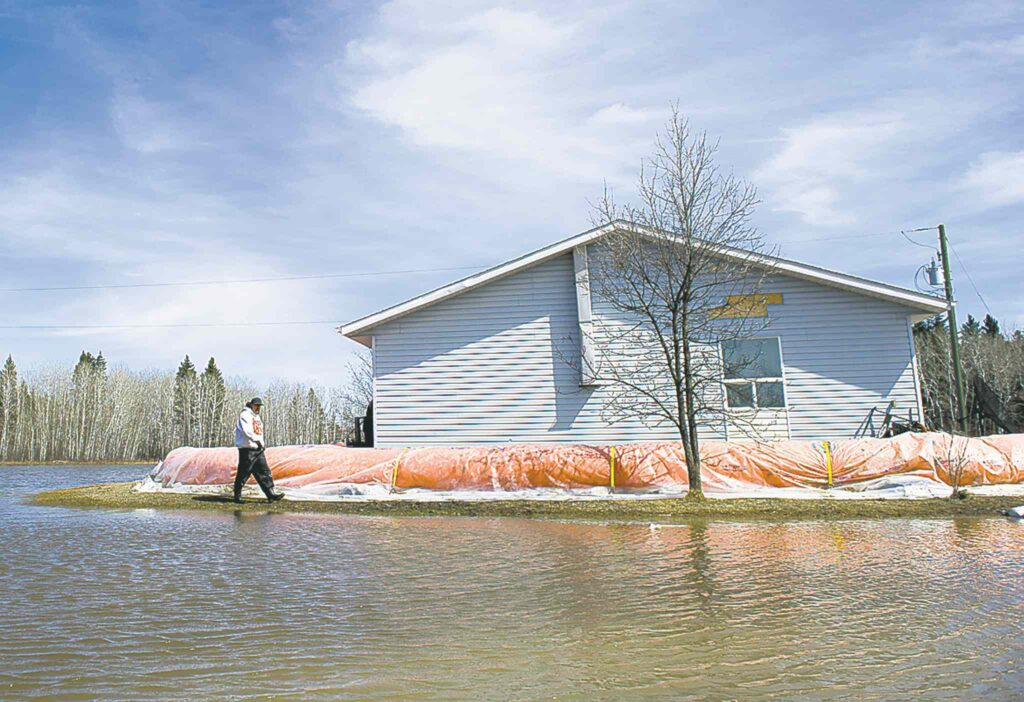IRTC is in the process of establishing three (3) Emergency Operations Command Centers in the communities of Pinaymootang First Nation, Lake Manitoba First Nation and Peguis First Nation. These EOC’s will be the hub center for all surrounding communities that are in need of assistance for the successful response and management of any emergency that may occur. IRTC’s response to an emergency disaster will cause the Emergency Management organization to centralize and coordinate emergency operations. The Emergency Operations Center Coordinator, in such situations, assists each communities flood coordinators. The EOCC receives staff support from each First Nations flood team. The four pillars of Emergency Management (mitigation, preparedness, response, recovery) are vital in IRTC’s flood department and management.

IRTC formed a steering committee to coordinate the pilot project “Emergency Operations Command Centres”. The committee members include representatives from: IRTC, Karl Zadnik-CEO, Federal Government representatives, Provincial Government representatives, Assembly of Manitoba Chiefs representatives, Pinaymootang First Nation-Chief Barry Anderson, Peguis First Nation-Chief Glenn Hudson (replaced former Chief Cindy Spence as of March 24, 2017), Lake Manitoba First Nation-Chief Cornell McLean.
IRTC has purchased 20 Emergency Response trailers valued at $5,000,000 for the purpose for flood fighting. Due to Manitoba terrain in the Interlake region, sandbagging is still used for some areas of the communities. Some communities have dykes that help with the mitigation of water elevations.
First Nations communities in Manitoba have experienced recurring flooding over the decades. The Interlake Reserves Tribal Council (IRTC) communities that are situated downstream of the Fairford Dam were all impacted from the 2011 flood, as well, Lake Manitoba and Peguis experience ongoing annual flooding. Many other First Nation communities that are not situated in the IRTC catchment area experience annual flooding. Vast numbers of First Nations people continue to be evacuated and displaced over prolonged periods of time. As of January 3, 2017, 2,013 people from the most affected First Nation communities remain evacuated as recovery efforts continue. More than 1,900 come from the four Lake St. Martin First Nation area communities: Lake St.Martin, Little Saskatchewan, Dauphin River and Pinaymootang.
